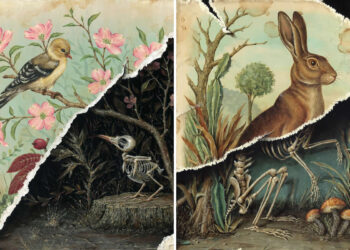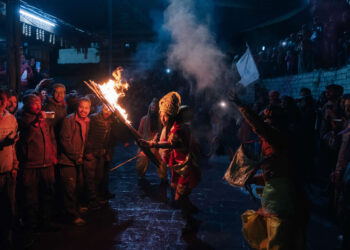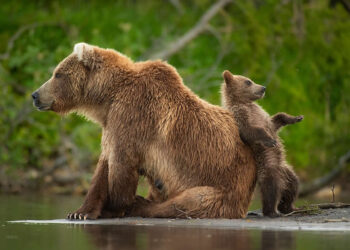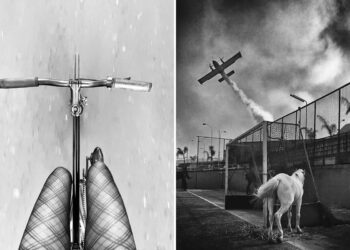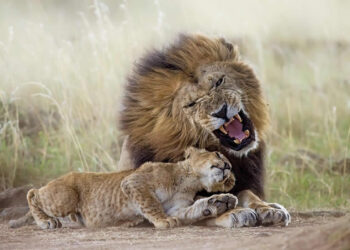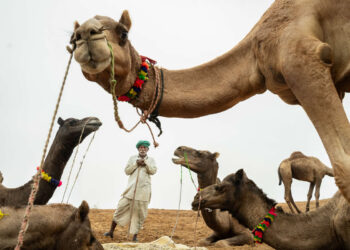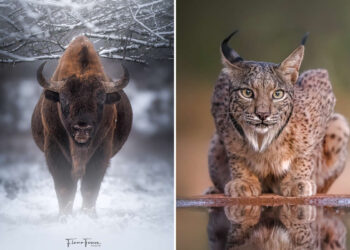Photography in India has been profoundly shaped by a group of visionary artists who used their cameras to document the nation’s ever-changing landscape. These photographers not only captured India’s history but also reflected its socio-political transformations through their unique perspectives.
From the streets of India to its remote wilderness, their work is a testament to the power of visual storytelling. In this article, we explore the contributions of 10 Indian master photographers who have captured the spirit of change, people, and culture across different time periods.
1. Raghu Rai – The Chronicler of Contemporary India
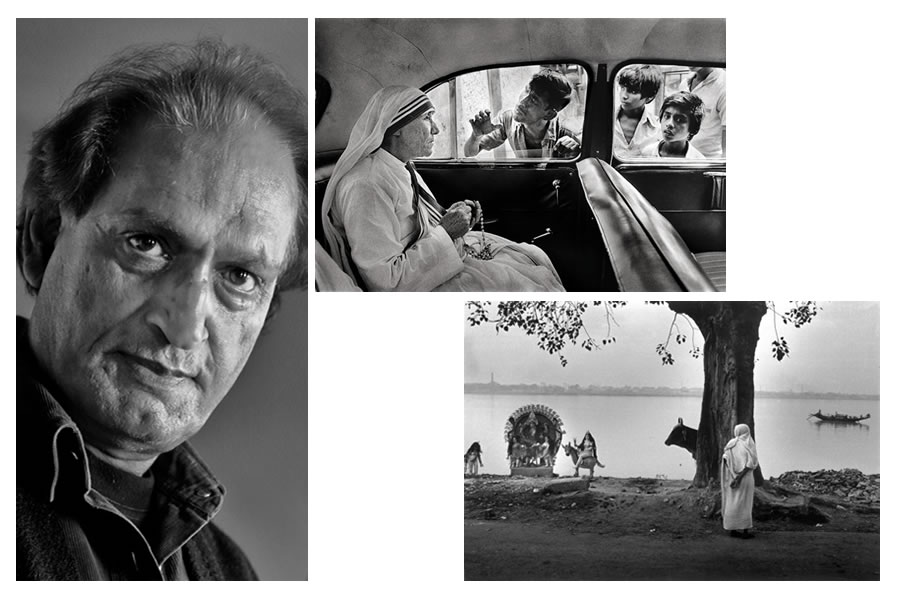
Raghu Rai, the most recognized name in Indian photography, is celebrated for his long career as a photojournalist, documenting key moments of India’s modern history. His evocative black-and-white images reflect a deep empathy for the subjects he captures. Rai began his journey in 1965 and later became the chief photographer for The Times. His iconic coverage of events like the Bhopal Gas Tragedy, the lives of rural communities, and his portraits of influential figures such as Mother Teresa and Indira Gandhi, offer a vivid portrayal of India’s political and cultural changes.
2. Raghubir Singh – The Master of Color and Indian Streets
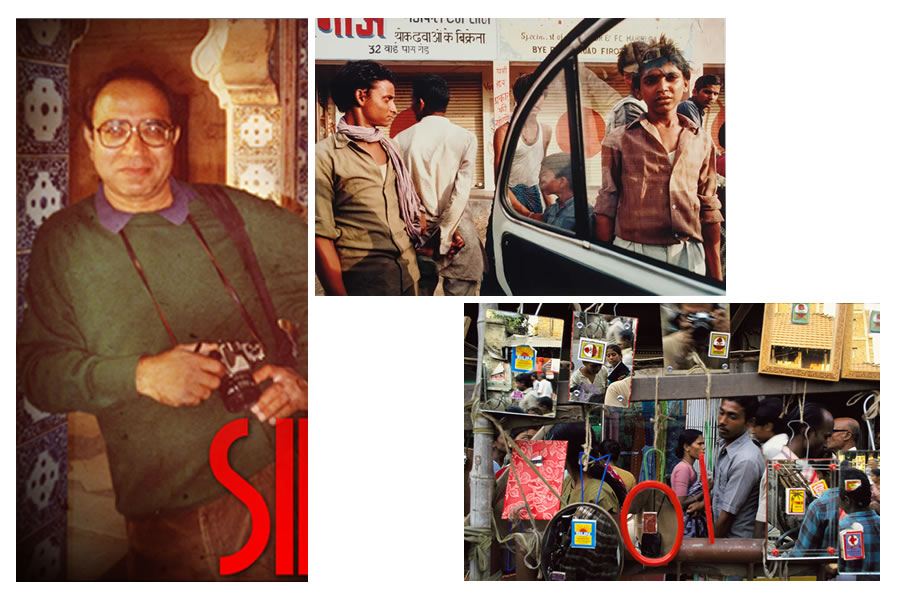
Raghubir Singh is often credited with pioneering color photography in India at a time when black-and-white dominated the field. His vibrant images of Indian streets, landscapes, and people capture the color, chaos, and beauty of everyday life in India. Singh’s photography is deeply rooted in Indian culture and geography, showcasing the complexities of the country from a native’s perspective. His groundbreaking works, such as A Way into India and River of Colour, revolutionized Indian photography, blending Western techniques with Indian aesthetics. Singh’s mastery of color opened new dimensions in visual storytelling, portraying India in a way no other photographer had before.
3. Homai Vyarawalla – India’s First Woman Photojournalist
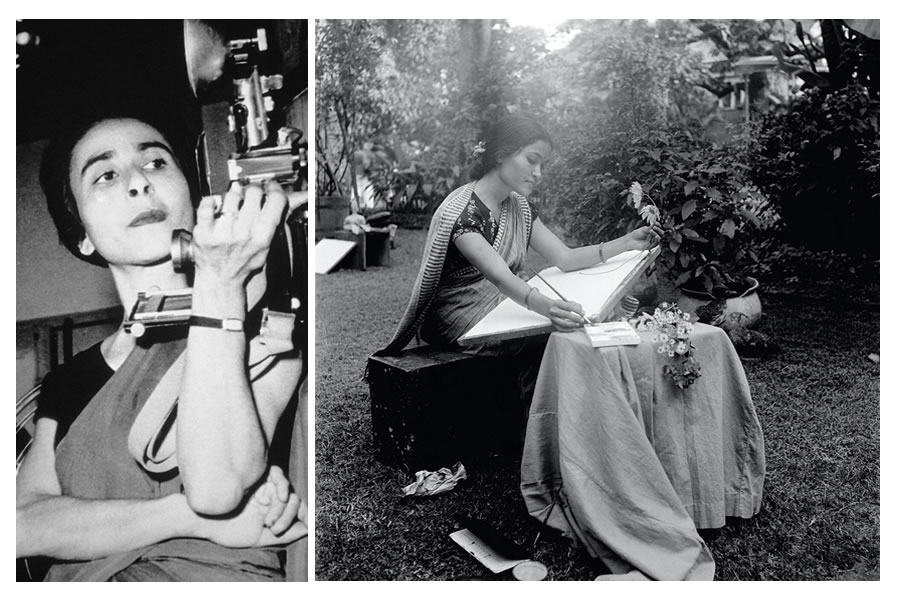
As India’s first woman photojournalist, Homai Vyarawalla broke barriers with her camera, documenting India’s struggle for independence and its early years as a republic. She captured some of the most defining moments in Indian history, including the last days of British rule, Gandhi’s funeral, and Jawaharlal Nehru’s speeches. Her work provides an intimate glimpse into a transformative period for the nation. Vyarawalla’s iconic images reflect the transition from colonialism to independence, offering a powerful visual narrative of change and hope.
4. Dayanita Singh – Visual Storyteller of Modernity and Memory
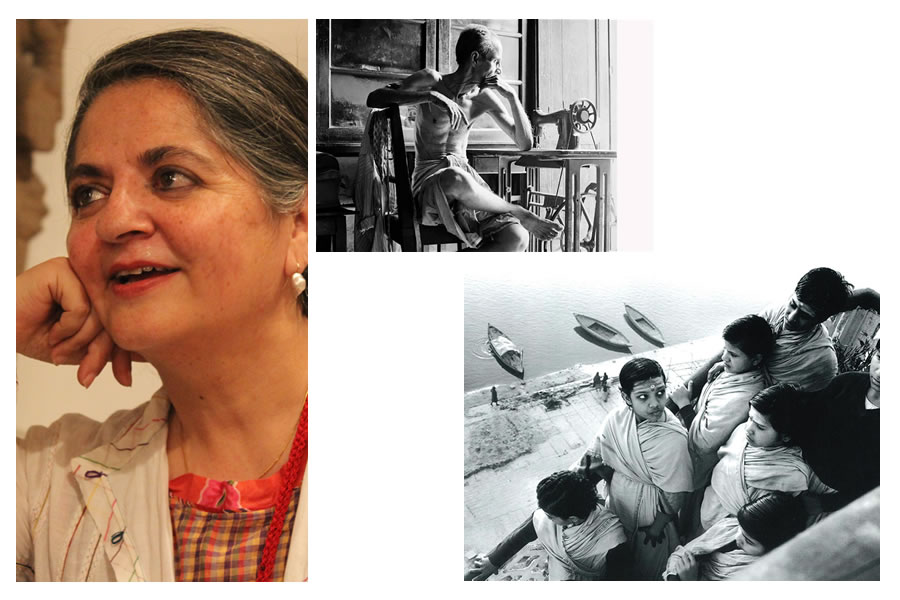
Dayanita Singh is known for pushing the boundaries of photography in India, blending documentary with fine art. Through her black-and-white images, Singh explores themes of memory, identity, and the passage of time. Her works, such as Sent a Letter and Museum Bhavan, focus on the intersections of personal and cultural histories, offering nuanced reflections on India’s modern transformation. Singh’s ability to turn photographs into visual books and exhibitions has redefined the medium, creating unique spaces for storytelling and introspection.
5. S. Paul – The Architect of Indian Street Photography
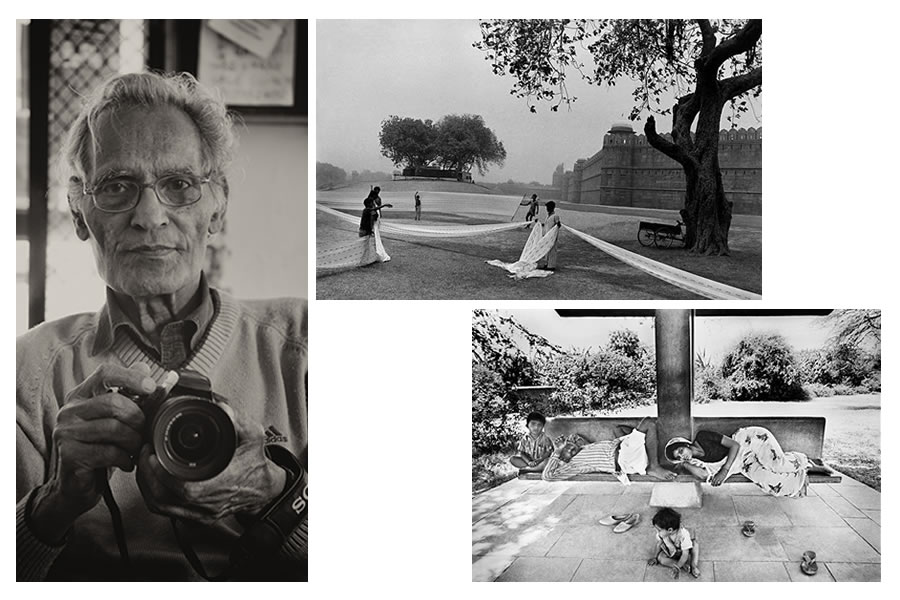
S. Paul, a self-taught photographer, brought an artistic sensibility to Indian street photography. Known for his distinctive style of capturing spontaneous moments with precision, Paul’s work in newspapers like The Indian Express redefined the portrayal of life in Indian cities. His ability to find beauty in the ordinary, from crowded streets to simple village scenes, transformed how people saw India. His careful compositions, rich in texture and narrative, reflect the dynamic energy of post-independence India as it modernized.
6. Prabuddha Dasgupta – Redefining Fashion and Portrait Photography
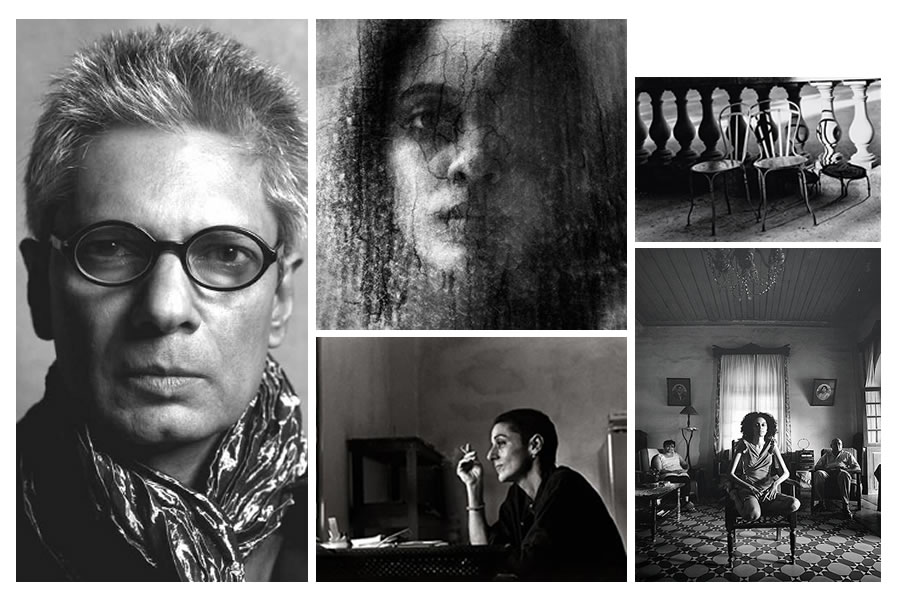
Prabuddha Dasgupta’s work is known for breaking conventions, particularly in the realms of fashion and portrait photography. His raw, intimate portraits and bold approach to nude photography stood in stark contrast to the more traditional forms that dominated Indian photography. Dasgupta’s work transcended fashion, capturing the individuality and vulnerability of his subjects. His books Women and Ladakh showcase his ability to blend artistic vision with a sense of place, offering a new and modern aesthetic in Indian photography.
7. Rohit Chawla – Blurring the Lines Between Art and Photography
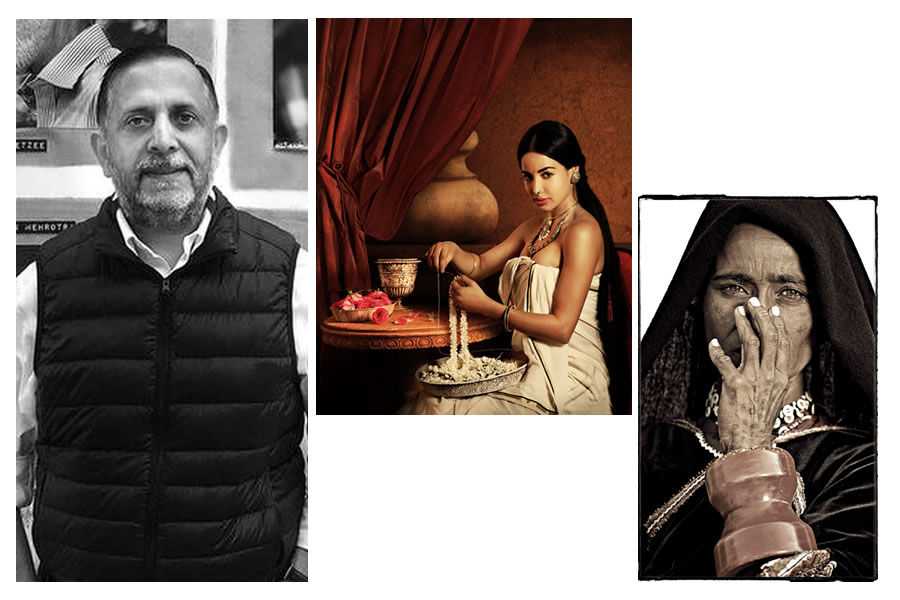
Rohit Chawla’s photography transcends conventional boundaries, blending art, history, and fashion into a single frame. Chawla’s work is known for its innovative approach to composition, often inspired by classical paintings and literature. His series based on works by Raja Ravi Varma and Gustav Klimt highlights his ability to reinterpret art through a photographic lens. Chawla’s photography captures the zeitgeist of India’s cultural transformation, combining tradition with modernity in a way that is both thoughtful and visually stunning.
8. Pablo Bartholomew – Documenting the Margins of Society
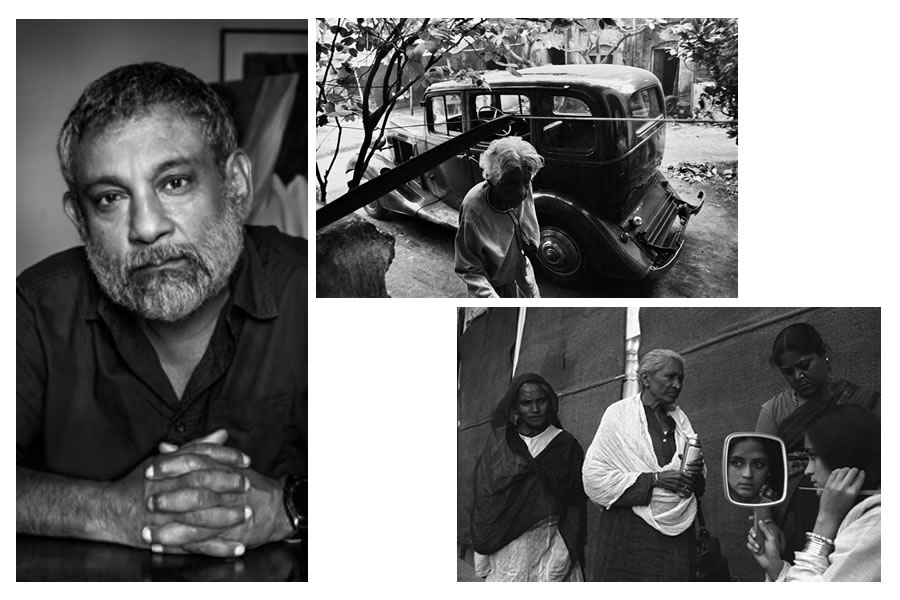
Pablo Bartholomew’s striking photography focuses on marginalized communities, bringing attention to issues often overlooked by mainstream media. His iconic coverage of the Bhopal Gas Tragedy earned him international acclaim, but his work extends beyond photojournalism. Bartholomew’s images explore themes of exile, identity, and loss, capturing people on the fringes of society. His evocative black-and-white portraits and stories of human suffering offer a powerful commentary on India’s socio-political struggles over the past few decades.
9. Sunil Janah – The Political Documentarian
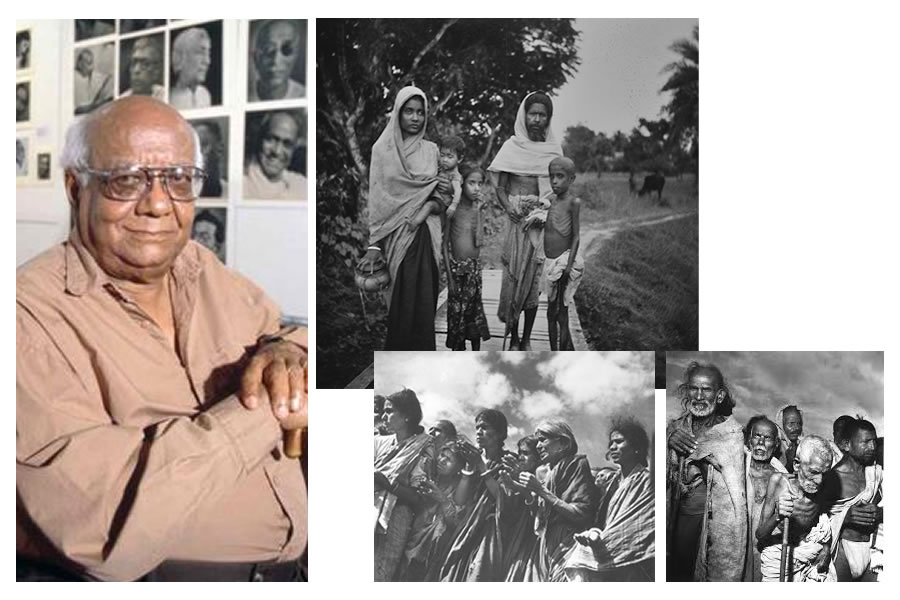
Sunil Janah is revered for his politically charged images that chronicled India’s independence movement and the aftermath of partition. His work as an activist and photographer gave him access to document events such as the Bengal famine, the plight of rural workers, and the social conditions that sparked movements across the country. Janah’s compassionate eye provided a historical record of India’s struggles and triumphs during its most transformative years, capturing the resilience of its people in the face of adversity.
10. Sohrab Hura – Exploring the Personal and Political
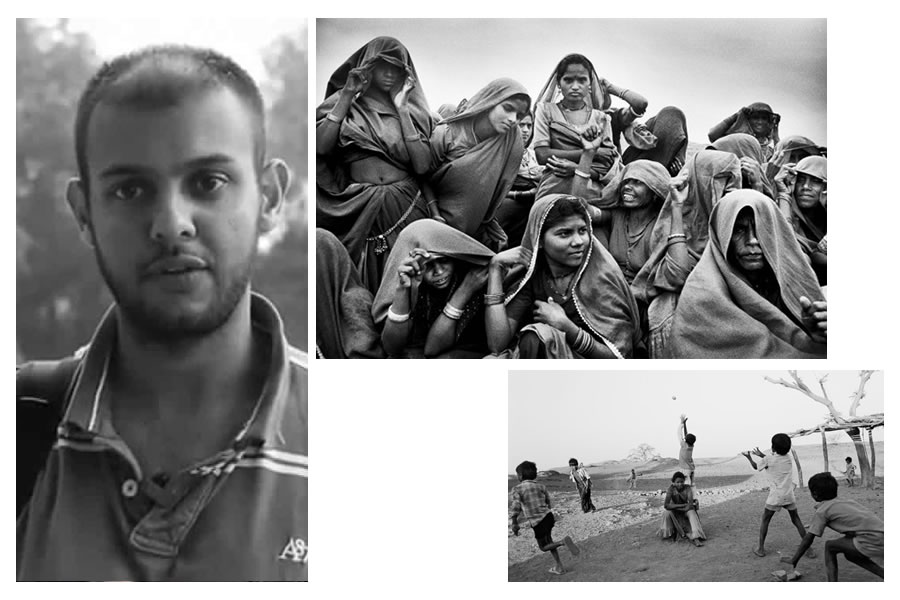
Sohrab Hura is a contemporary Indian photographer known for his deeply personal and often experimental approach to documentary photography. As a member of Magnum Photos, his work blurs the line between the personal and the political, exploring themes of isolation, identity, and the fragmented nature of memory. His acclaimed projects, such as The Coast and Life Is Elsewhere, offer raw and intimate portrayals of his personal experiences, interwoven with India’s changing social landscape. Hura’s unconventional storytelling and use of mixed media have expanded the boundaries of traditional documentary photography in India.
Conclusion
The work of these 10 Indian master photographers represents more than just visual art—it captures the story of a nation in flux, adapting to political, social, and cultural shifts. From the vibrant streets of India to its wildlife and rural communities, these photographers have documented the essence of change and the resilience of people across time. Each artist, through their unique lens, has contributed to the evolution of Indian photography, making it a vital medium for storytelling and historical record. Their legacies continue to inspire and influence future generations of photographers.


